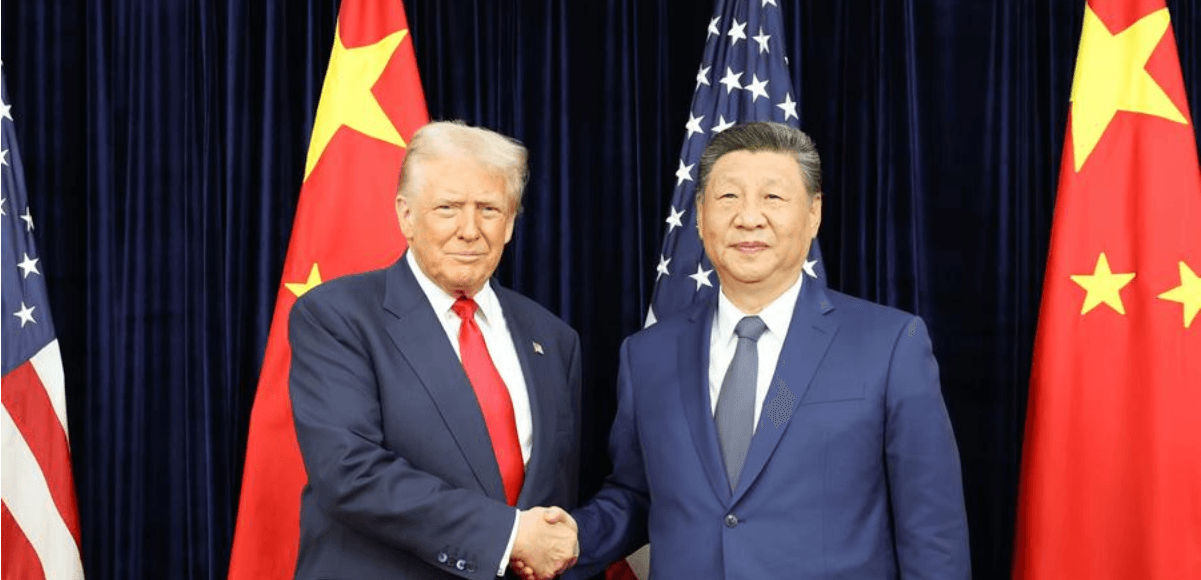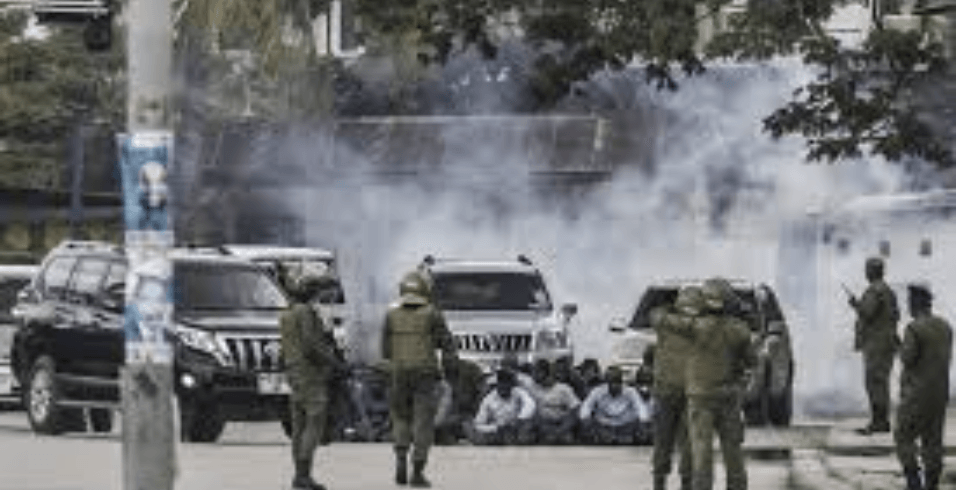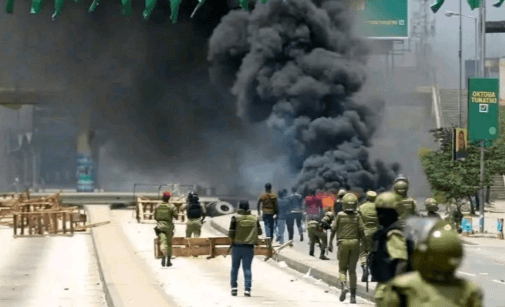The editorial of Tuesday, April 2, 2024, in The Star newspaper under the headline: Nuclear Power would be mistake for Kenya, refers. Several issues raised in the editorial require clarification and elucidation.
Firstly, it is argued in the editorial that nuclear power for electricity generation is very expensive. This statement is very generalised. In truth, the cost of a nuclear power plant compares very well with other sources of electricity, over its full lifetime, which is in the region of 60-80 years. Whereas the cost of initial construction may be high, it more than evens itself out during the operation phase.
Allied to this is the figure of Sh500 billion stated in the editorial. In terms of cost of construction, several factors come into play. One of the key ones is the technology to be deployed. Whereas some of the more recent builds of 1000MW plant may have been costed in the region of $5 billion (Sh675.5 billion), it is important to note that Kenya is considering small modular reactors.
A small modular reactor has a capacity of about 300MW, which is a third, or even a quarter, of the traditional nuclear power reactor. They are small in physical bulk, modular as components can be factory-assembled and transported to location for installation and reactors since they deploy nuclear technology to generate heat to produce energy.
In terms of safety features, these types of nuclear reactors are marked by high safety margins, which significantly reduces the potential for unsafe releases of radioactivity to the environment.
Further, small modular reactors may require fuelling every three to seven years, which is less than the current two years for conventional plants.
These factors result in less spent fuel, thus addressing the issue raised. Indeed, onsite storage of spent fuel in casks is widely practised successfully around the world.
Pivoting to the issue of the Fukushima aftermath, it is incumbent to note that key improvements have been undertaken that have greatly impacted on design, regulatory and safety protocols of nuclear power plants. Indeed key lessons were obtained that have been deployed in the safe, efficient operation of similar facilities around the world.
Statistics from the International Atomic Energy Agency’s Power Reactor Information System indicate that there are 415 nuclear power reactors currently operational. In addition, there are 57 new nuclear power plants under construction. These are spread out across Africa, Europe, Middle East, North America, Asia and Latin America.
Africa has not been left out of this energy evolutionary process as Egypt leads the way toward joining South Africa, the continent’s current sole nuclear power producer. Ghana, Nigeria, Sudan, Kenya have also made good progress within the approach recommended by the IAEA, which is in three key phases: preparatory work, construction and operation, under the framework known as Milestone approach.
Egypt is currently constructing four nuclear power plants that will boost its generation capacity by 4800 MW at a site in El Dabaa
Kenya’s programme, being spearheaded by the Nuclear Power and Energy Agency (Nupea), conduces with the government’s efforts to ensure availability of competitively priced electricity and a low carbon grid. The 31 countries with operational nuclear power plants enjoy stable baseload power, which provides continuous supply, thus spurring industrial growth and development.
Suitable locations for nuclear power plants are often along the coastal region. In Kenya’s case, spinoffs from the nuclear power programme would include desalination of seawater, which would boost supply to the counties that are in proximity to the Indian Ocean. Thus, water provision would be advantaged benefiting communities and even industrial/commercial users.
Nuclear electricity is envisaged as part of a robust variety of options. Like a cordon bleu chef’s kitchen – complete with all kinds of condiments, the energy mix that is envisaged is appropriately set to serve up a delicious repast of electricity at affordable prices for the benefit of the Kenyan consumer.
Geothermal, hydro, wind, solar et al. fit into this jigsaw. Add into this mix, nuclear electricity generation in about a decade from now and the culinary delight has its dessert. If that whets your appetite, this is not a pipe dream but the reality evolving in this day and age
To ensure safety and regulatory issues are well addressed, the government transformed the Radiation Protection Board into the Kenya Nuclear Regulatory Authority. Its role is to provide oversight and enforcement of legal requirements for all nuclear applications in Kenya.
Suffice it to say; with the will, desire and determination Kenya can attain the status of a nuclear power-generating country with the various benefits that it portends. Indeed, two potential sites, have been identified along the coastal region in Kilifi and Kwale counties respectively.
The current plan is for Kenya’s first nuclear power plant for electricity generation to be commissioned in 2034. In the intervening period, there is a lot of work to be undertaken hence the long lead-time. This is key for ensuring safety, security and safeguards are in place and all the considerations have been taken into account.
Indeed this project could just be the light-bulb moment for Kenya and the East African region’s liftoff into economic and industrial nirvana. The master key is to stay switched on, literally and figuratively.
Director, Publicity and Advocacy Nuclear Power and Energy Agency. [email protected]












